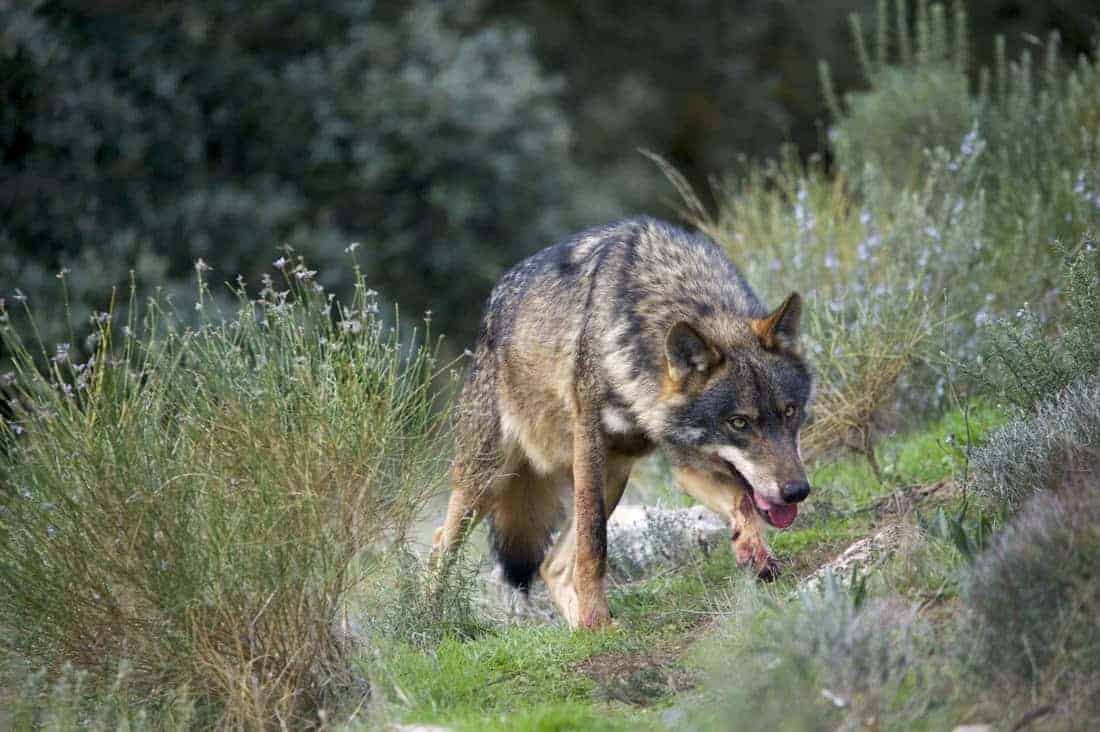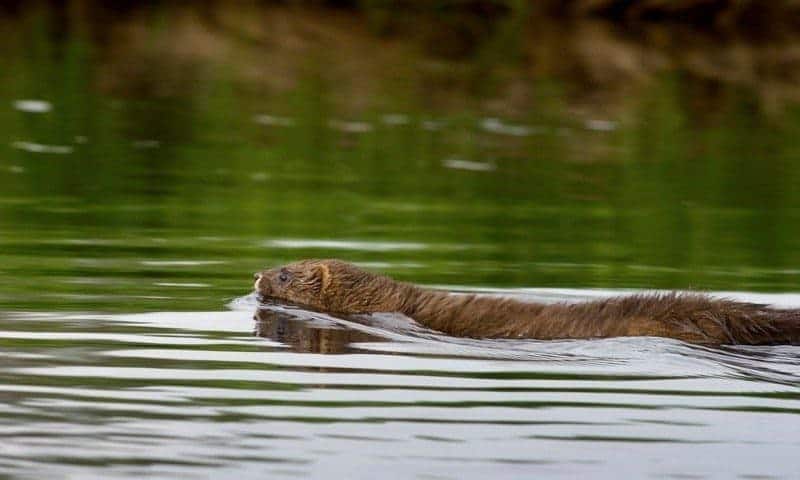Brown bear in Europe
The current brown bear population in Europe (outside Russia) is estimated to be around 17,000 individuals. Populations are scattered across several countries. The largest single population outside Russia around 5,000 to 6,000 of these animals is likely in the Carpathian Mountains part of Romania.
Dynamic of the brown bear population in Europe
Approximately 2000 years ago, the original brown bear population in Europe was much larger, with estimates ranging from tens of thousands to over 100,000 individuals. However, habitat loss and hunting in the following centuries, have significantly reduced their numbers. This process resulted in the smaller current population across the continent.
The main reasons of brown bear killing in the last ca 2000 years
Over the last 2000 years, the main reasons for brown bear killing in Europe have included habitat destruction due to agriculture and urbanization.
Other reason was persecution by humans due to perceived threats to livestock and safety. Later on also sport hunting, and the demand for bear parts in traditional medicine and rituals. These factors have collectively contributed to a significant decline in brown bear populations across the continent.
Brown bears extinct in western part of Europe only recently
The extinction of brown bears in the western part of Europe can be attributed to a combination of factors, primarily habitat loss and extensive hunting. Over centuries, widespread deforestation and the expansion of agriculture and urban areas drastically reduced bear habitats. Additionally, bears were hunted relentlessly due to threats to livestock, human safety concerns, and the demand for their pelts and body parts.
The exact timeline of extinction varied by country but generally occurred during the 19th and 20th centuries.

The main reasons of brown bear killing in nowadays?
Today, the main reasons for brown bear killing include still conflicts with humans over livestock depredation and threats to human safety. Besides that also poaching become an important factor.
In areas where bears and humans share habitat, conflicts usually arise when bears learnt to hunt livestock. Another important reason is the expansion of humans into bear territories and the availability of waste generated by human activity. All these activities cause more and more people to move near bear habitats, which significantly increases the risk of conflicts.

Bear poaching is still a serious problem in some countries. Its cause is primarily the illegal trade in bear trophies as well as various parts of bears for the needs of traditional medicine. A special issue is bear trophies on the black market.
Brown bear is protected in majority of European countries?
Currently, brown bears are protected in most European countries due to their threat or vulnerability. Recognition of their ecological importance is no less important argument. They serve as a flagship species for the protection of biodiversity. By protecting the brown bear and its habitats, these countries contribute to broader conservation efforts.
Conclusion
Brown bears often inhabit protected areas, making their preservation integral to maintaining the ecological balance of these ecosystems. Conservation also helps promote biodiversity conservation and raising awareness about the importance of preserving these magnificent animals.
A brown bear compensation system is a mechanism established by some countries or regions to compensate farmers or livestock owners for any losses incurred due to brown bear predation on their livestock. It aims to reduce conflicts between bears and humans by providing financial compensation for the economic damages caused by bear attacks. This system incentivizes coexistence and helps protect bear populations while supporting the livelihoods of local communities.









